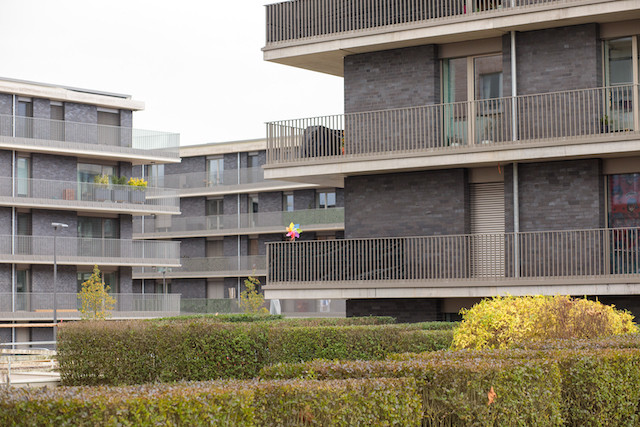The Global House Price Index by real estate consultancy Knight Frank tracks the performance of 56 national housing markets across the world using national data from central banks or statistics offices in each country.
Turkey came out on top of the index with a 32% annual price growth between the first quarter of 2020 and the first quarter of 2021. It was followed by New Zealand in second place (22.1%) and Luxembourg coming third.
“Globally, house prices are rising at their fastest rate since Q4 2006,” the report by Knight Frank said. “With thirteen countries recording double-digit price growth in the year to Q1 2021 it is no surprise that talk of post-pandemic housing bubbles is increasing but authorities are already starting to take action.”
Luxembourg banks in November were told to rein in their lending for real estate loans after a systemic risk committee told them to cap loan-to-value ratios at 80%.
The loan-to-value (LTV) ratio is the portion of the property’s appraised value that isn’t covered by the down payment. For example, with a down payment of 20%, the LTV would be 80%.
The decision to cap loan-to-value ratios starting next year would help prevent “excessive” household debt and restrain speculation in the market, the committee said in a statement on 18 November.
The CdRS, however, also recommended that first-time buyers should continue to have access to larger loans.
The government also presented plans to prevent land speculation by forcing developers to speed up construction once they have bought a piece of property. Owners are sitting on enough empty land for 50,000 to 80,000 housing units, according to the Observatoire de l’habitat, a national monitoring body.
A new housing agreement between communes and the government aims at incentivising communes to build more homes, without any obligations, however.
The high prices in Luxembourg are traditionally attributed to the gap between supply and demand, but an Observatoire contributor, Julien Licheron, in October 2020 told Delano that the current speed of price hikes is out of step with a supply-demand gap that hasn’t changed over the past decade.
